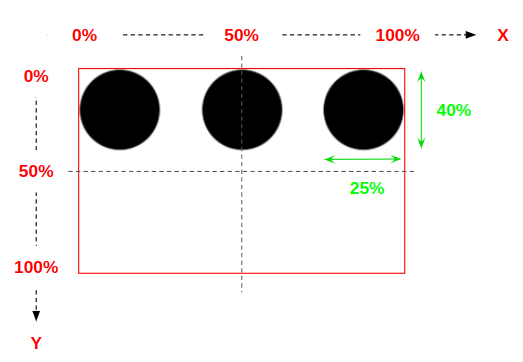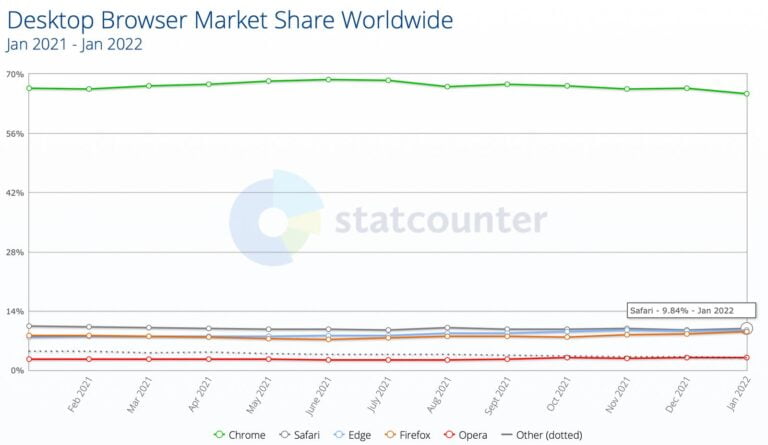
Vue.js (or Vue) and Ember.js (or Ember) are two popular JavaScript frameworks that have gained a significant following among web developers. In this Ember and Vue comparison, we’ll take a closer look at these two frameworks and compare and contrast their features, pros and cons, and best use cases.
Ember and Vue: What are Frameworks?
Table of Contents
JavaScript frameworks are essential tools for web developers. They help to simplify the process of building web applications and improve the overall quality of the final product. Two popular JavaScript frameworks are Vue and Ember. Both of these frameworks have their strengths and weaknesses, which we’ll outline in this article.
An Overview of Vue
Vue was created by Evan You, who previously worked on Angular at Google. He wanted to create something simpler than Angular but still powerful enough to build complex web applications. Vue has been gaining popularity due to its focus on performance and ease of use. It provides developers with a reactive and composable view layer, making it suitable for building complex single-page applications.
Unlike other frameworks, Vue doesn’t require any setup or configuration: just include the JavaScript file and start coding! Unlike Ember, which uses Handlebars for templates, Vue uses a syntax similar to HTML called v-html. This makes it easier to integrate existing HTML/CSS into your application without having to learn another template language.
In addition, Vue offers two-way data binding, so changes made to objects automatically reflect in both the view and model layers. Vue also comes with many useful tools like router, dialogs, and error handling. All these make Vue a great choice if you’re looking for a lightweight yet feature-rich framework.
When deciding between Vue and alternatives like Ember, there are several key differences worth taking into consideration. Firstly, Vue has a much smaller codebase than Ember, which makes it easier to maintain and extend. Secondly, Vue uses two-way data binding by default, while Ember requires additional configuration. This means that changes made anywhere within the application will be reflected everywhere else automatically. Last but not least, Vue offers better performance due to its single-threaded nature compared with Ember’s multi-threaded approach. All these factors combined mean that Vue could potentially offer faster development times and lower maintenance costs. However, each project is different so it ultimately depends on individual needs and preferences.
Pros of Vue
- easy to learn and use
- lightweight and fast
- highly customizable
- offers reactive data binding
Cons of Vue
- lack of built-in components: components must be written from scratch using JavaScript classes
- limited documentation: the official documentation could use some improvement
- no support for ES modules: modules are currently only supported via webpack plugins
- router isn’t integrated out of the box: a third-party library such as vue-router is required
- performance issues: there have been reports of poor performance when dealing with large datasets
- difficulty debugging errors: error messages can sometimes be unclear making it difficult to debug errors
- dependency management: managing dependencies requires either a package manager (such as npm) or a bundler (such as webpack)
- limited ecosystem
- may have performance issues with extremely large applications
- steep learning curve for more advanced features
Overview of Ember
Ember is another open-source JavaScript framework that was first released in 2011. It has a robust architecture and provides developers with everything they need to build scalable web applications. Ember is focused on convention over configuration, allowing developers to write less code and focus on building features.
Ember can provide more features out of the box such as built-in routing and components. It also provides a large library of add-ons for customizing your applications further. Additionally, Ember allows you to write less code, since most of the logic is handled through models and views instead of direct manipulation of DOM elements. Finally, Ember is designed with scalability in mind, making it ideal for larger projects.
Pros of Ember
- robust architecture and conventions
- powerful and mature ecosystem
- well-suited for building large-scale applications
- offers a powerful asset pipeline for managing assets and dependencies
Cons of Ember
- steep learning curve for beginners
- heavy in terms of resource usage
- doesn’t offer reactive data binding
- limited options for customization
- complex architecture: Ember is designed around a monolithic structure, which can lead to complexity
- slow development cycle: new features often take time to implement due to the need for extensive testing
- poor code organization: code tends to become disorganized over time, leading to difficulty maintaining a project
Comparing and Contrasting Vue and Ember
When it comes to choosing between Vue and Ember, it really depends on the project’s requirements and the developer’s preferences. Vue is a lightweight and easy-to-use framework that’s best suited for small to medium-sized applications. In contrast, Ember is a powerful and feature-rich framework that’s best suited for large-scale applications.
Best Use Cases:
- Vue: small to medium-sized applications that require rapid development and high customization
- Ember: large-scale applications that require a robust architecture and a mature ecosystem
Conclusion
Vue and Ember are two powerful and popular JavaScript frameworks that have their strengths and weaknesses. While Vue is best suited for small to medium-sized applications, Ember is ideal for building large-scale applications. Ultimately, the choice between these two frameworks depends on the specific needs of the project and the developer’s preferences.






